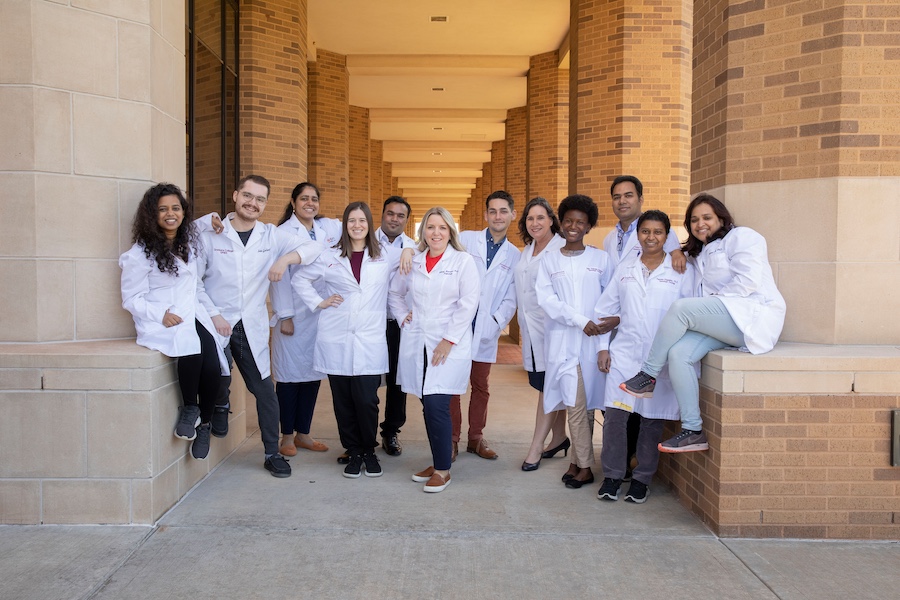(March 15, 2017) Results from a large study showed that screening for ovarian cancer in high-risk patients led to detection of significantly more early-stage disease as compared with the year after screening ended. However, it is not yet known whether this screening approach would improve survival in screened high-risk women. The results of the study were published recently in the Journal of Clinical Oncology.
In this study, known as the United Kingdom Familial Ovarian Cancer Screening Study, women who had a known elevated risk of ovarian cancer underwent screening with the risk of ovarian cancer algorithm (ROCA) every 4 months, followed by a annual transvaginal ultrasound if the ROCA results were normal, or within two months if they were not normal. Risk-reducing salpingo-oophorectomy (RRSO) was encouraged throughout the study.
The study of over 4,000 women detected 19 cancers, 10 of which were stage I or II at diagnosis. In contrast, all but one of the cancers detected in the first year after the screening program ended were stage IIIb to IV. The study authors emphasize risk-reducing salpingectomy-oophorectomy is still the primary recommendation for women of high risk, specifically after having children, before the age of 40 for BRCA1 carriers, and before 45 years of age for BRCA2 carriers.
“Up until now there have been no data demonstrating the utility of screening in this population, though it is common practice in high-risk patients until/unless they are ready to undergo their surgeries,” said Shannon MacLaughlan, MD, of Stanford University, who was not involved in the study but who is an expert for the Society of Gynecologic Oncology. “This study does help inform us on how to counsel these patients about the utility of screening in high-risk women. That being said, the goal of screening is to save lives, and ideally that means identifying cancers before they happen. That was not accomplished in this study, because we simply do not have the ability, with technology currently available, to detect precursor lesions for ovarian cancer. So it is important to acknowledge the limitations of screening and continue to emphasize and recommend risk-reducing strategies for high-risk women, including the use of oral contraceptives and surgical removal of tubes and ovaries when appropriate.”
In an accompanying editorial, researchers from Duke University put this screening trial in perspective, suggesting that future results of the trial will help clarify who might be most likely to benefit from screening.


